Elon Musk Unveils Groundbreaking Move: Tesla Cars to Drive Themselves to Your Door Starting June 28
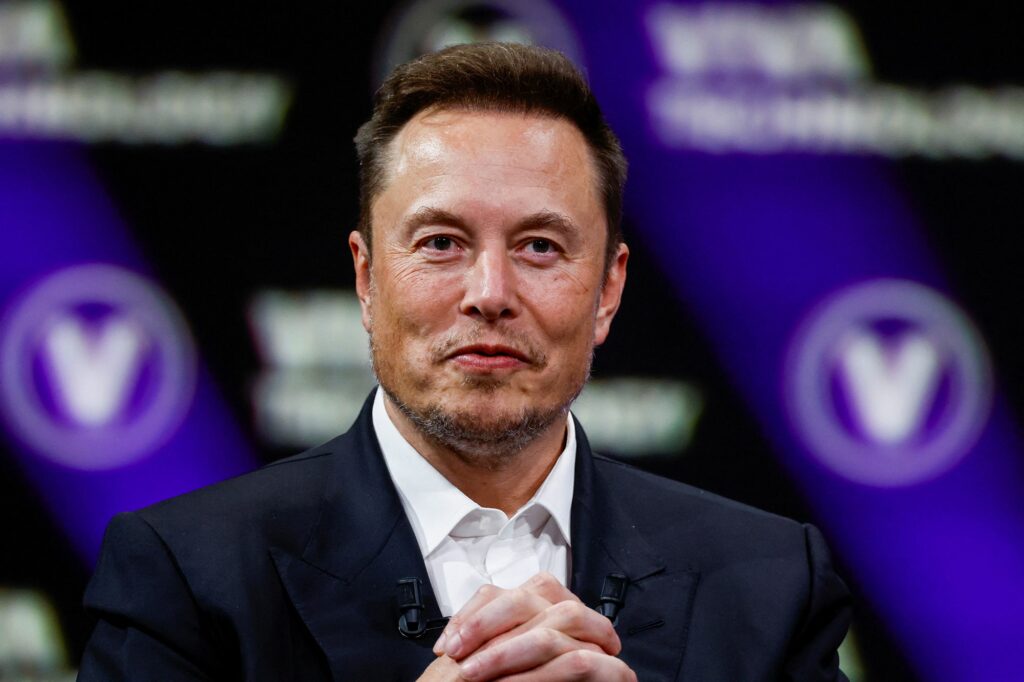
Elon Musk, known for pushing the boundaries of innovation, is bringing his vision of autonomous transportation closer to reality. Tesla is preparing to launch its much-anticipated robotaxi service on June 22, 2025, kicking off a new era of driverless mobility starting in Austin, Texas. Shortly after, on June 28, a new capability will debut: Tesla vehicles will autonomously travel from the factory directly to the customer’s home — a bold statement in self-driving tech.
Level 5 Autonomy: Tesla’s Game-Changing Leap
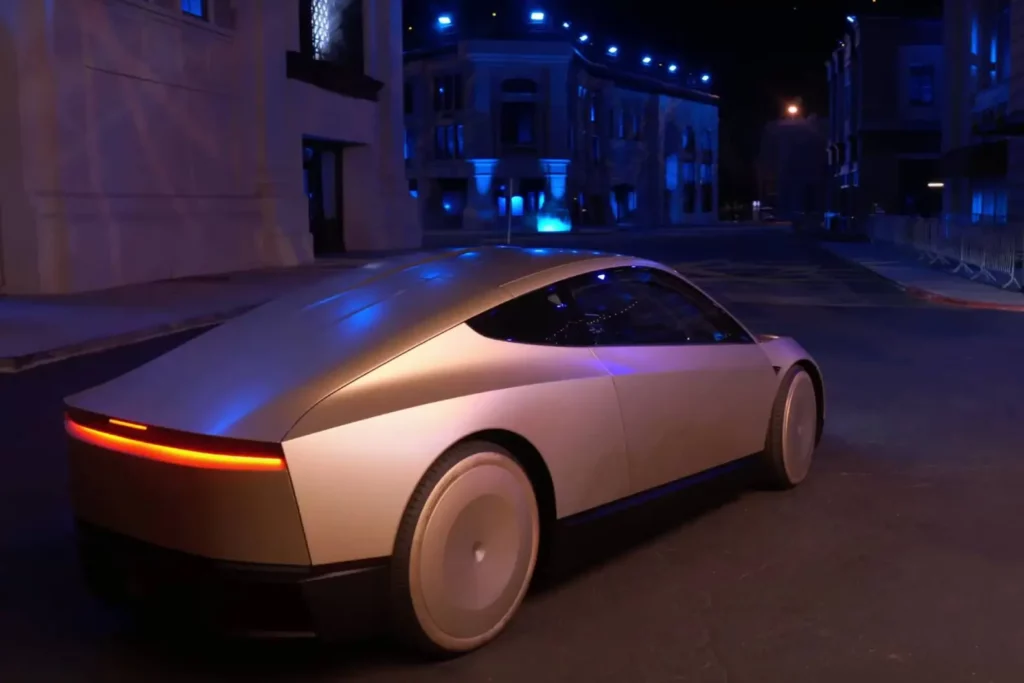
The upcoming service features Level 5 autonomous vehicles, requiring zero human input, allowing passengers to ride without ever touching the wheel. Initially, Tesla will deploy a small pilot fleet of 10 to 20 Model Y SUVs, limited to designated parts of Austin through geofencing — a measure to ensure safety and operational control.
Tesla’s Full Self-Driving (FSD) software will power the fleet. While the system is designed to be fully autonomous, Tesla employees will remotely monitor the vehicles, at least during early operations. This launch is a key milestone toward Musk’s broader ambition: transforming Tesla into a leader in Mobility-as-a-Service (MaaS).
From Factory to Driveway: A New Delivery Model
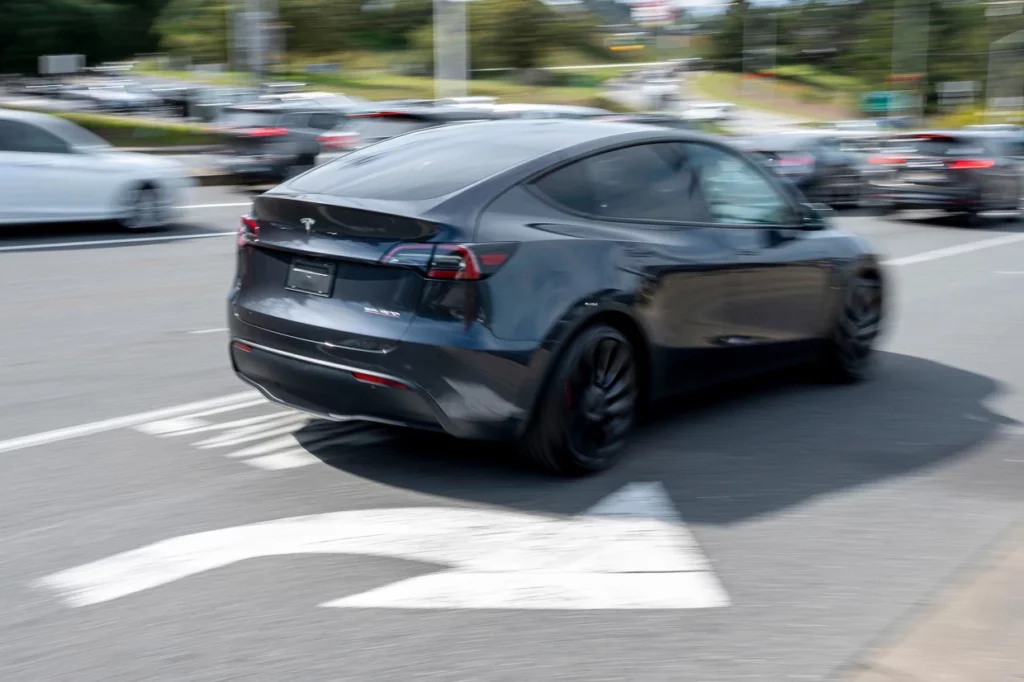
Equally groundbreaking is Tesla’s plan to deliver vehicles that drive themselves to buyers’ homes. Starting June 28, customers in select areas will receive their new cars with no human driver involved. This could revolutionize how consumers buy and receive cars, cutting out traditional delivery logistics.
Regulatory and Safety Concerns Still Linger
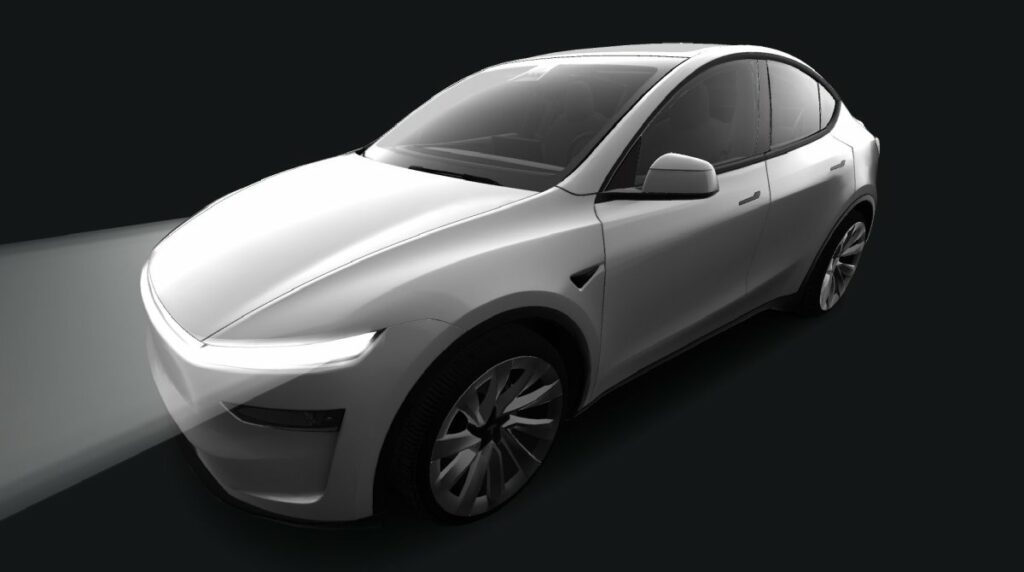
Despite the excitement, challenges abound. Tesla faces intense scrutiny from federal regulators and safety advocates. Critics argue that while Tesla touts full autonomy, its system still requires drivers to remain alert in many situations. Accidents involving FSD and Autopilot have raised public and regulatory concerns.
Groups like The Dawn Project, led by Dan O’Dowd, have actively protested against Tesla’s rollout of FSD. A demonstration in Austin on June 12, 2025, is planned to draw attention to what they see as inadequately tested technology. Meanwhile, regulatory bodies like NHTSA continue to investigate Tesla’s software and its impact on road safety.
Why Model Y, Not CyberCab?
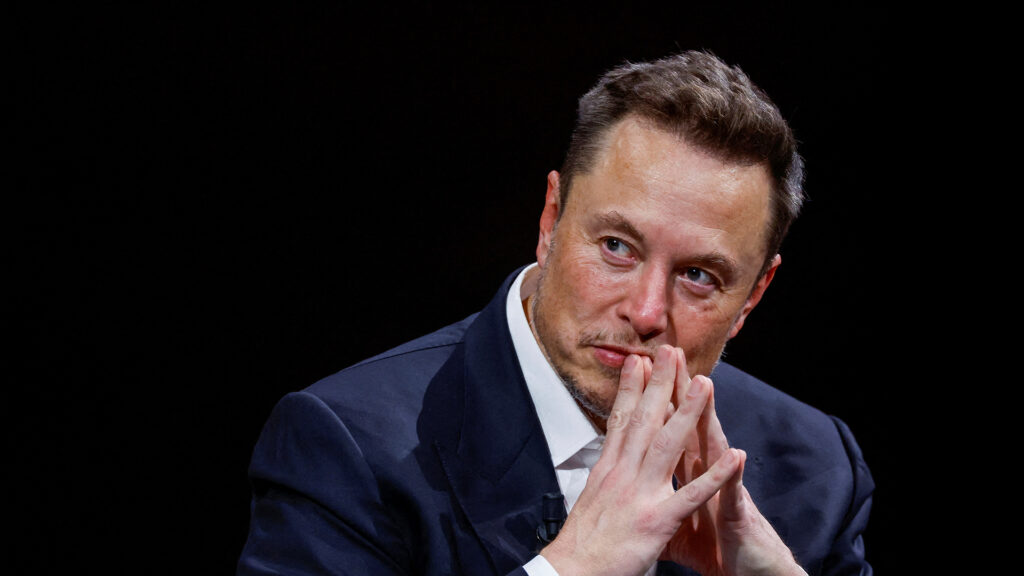
Though many anticipated Tesla’s “CyberCab,” the robotaxi program will begin with the Model Y. The SUV’s existing reliability, production scale, and broad customer familiarity make it the most pragmatic choice. This approach allows Tesla to streamline the launch while building toward more ambitious designs later.
Competitive Pressures Mount
Tesla’s robotaxi debut comes as rivals — Waymo, Cruise, Aurora, and others — move aggressively into the autonomous mobility space. Waymo already offers driverless rides in Phoenix, and Cruise is expanding into several U.S. cities. Still, Tesla’s brand visibility and integrated vertical production offer competitive advantages.
Data is the Real Fuel
The fleet will also serve as a data-gathering machine, collecting millions of real-world driving scenarios. This information will feed Tesla’s machine learning systems and improve future FSD iterations. In essence, every mile driven by a robotaxi refines the tech for wider deployment.
A Strategic Lifeline for Tesla
The robotaxi rollout could also deliver a financial lifeline. With rising competition in the EV market and controversies surrounding Musk’s political commentary and other ventures (e.g., SpaceX, xAI), Tesla’s share price has taken hits. A successful robotaxi launch may restore investor confidence and generate a new revenue stream far beyond vehicle sales.
Political and Social Headwinds
Tesla’s bold moves come with reputational risks. Musk’s outspoken political positions, including support for controversial figures, have led to boycotts and protests, particularly in Europe. As Tesla scales its services globally, these tensions could impact adoption and regulatory approval abroad.
High Stakes, Global Impact
If Tesla succeeds, it could redefine modern transportation, disrupt traditional taxi and ride-hailing services, and position itself as the front-runner in autonomous mobility. But if the service fails — due to safety issues, regulatory hurdles, or public resistance — it could undermine trust in driverless vehicles altogether.
Final Thoughts
Elon Musk’s dream of a self-driving future is closer than ever. The coming weeks in Austin will be a critical test — not just for Tesla’s robotaxi vision, but for the viability of autonomous transport at large. As the world watches, Tesla’s next bold move could either reshape the future of mobility — or reveal just how far we still have to go.